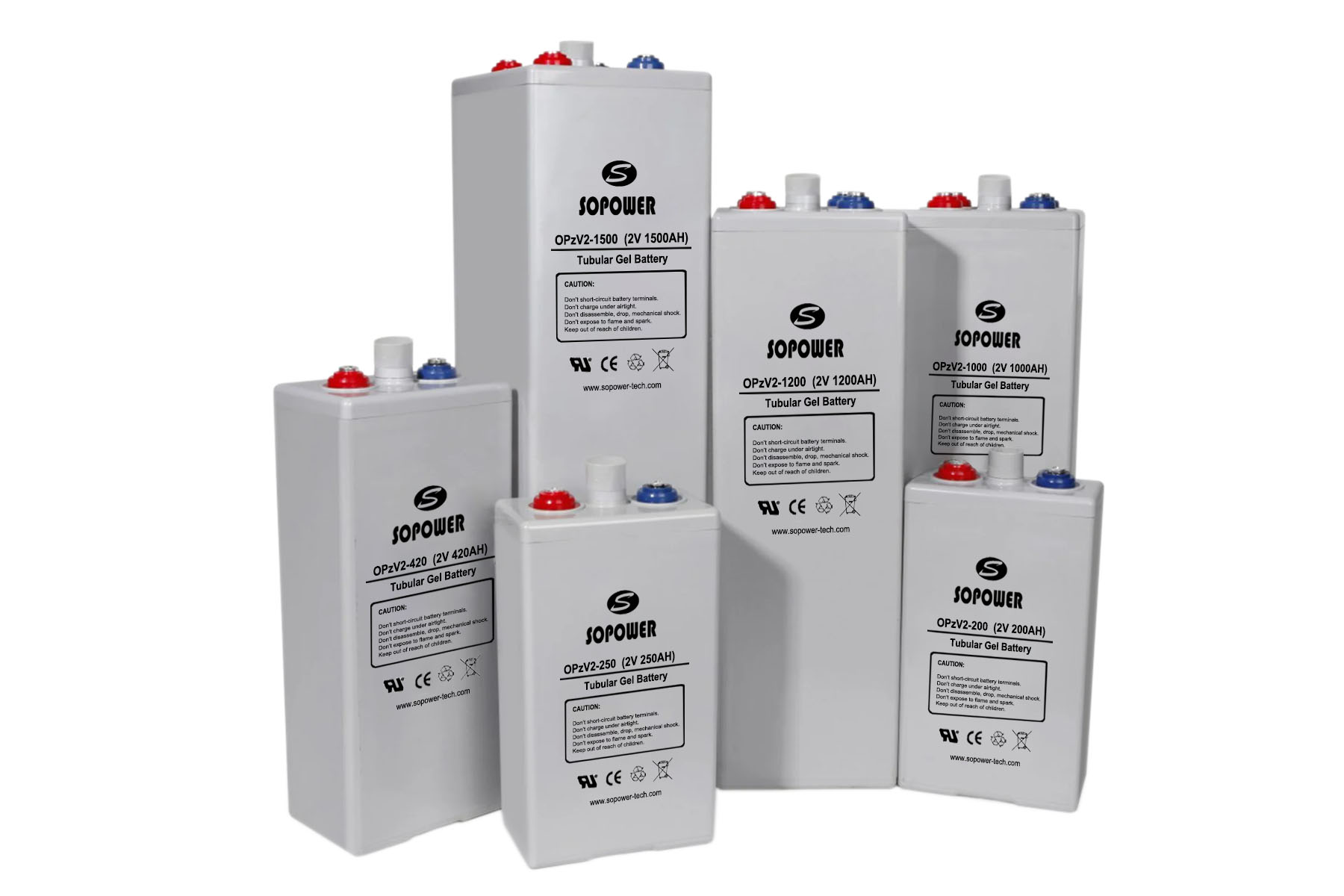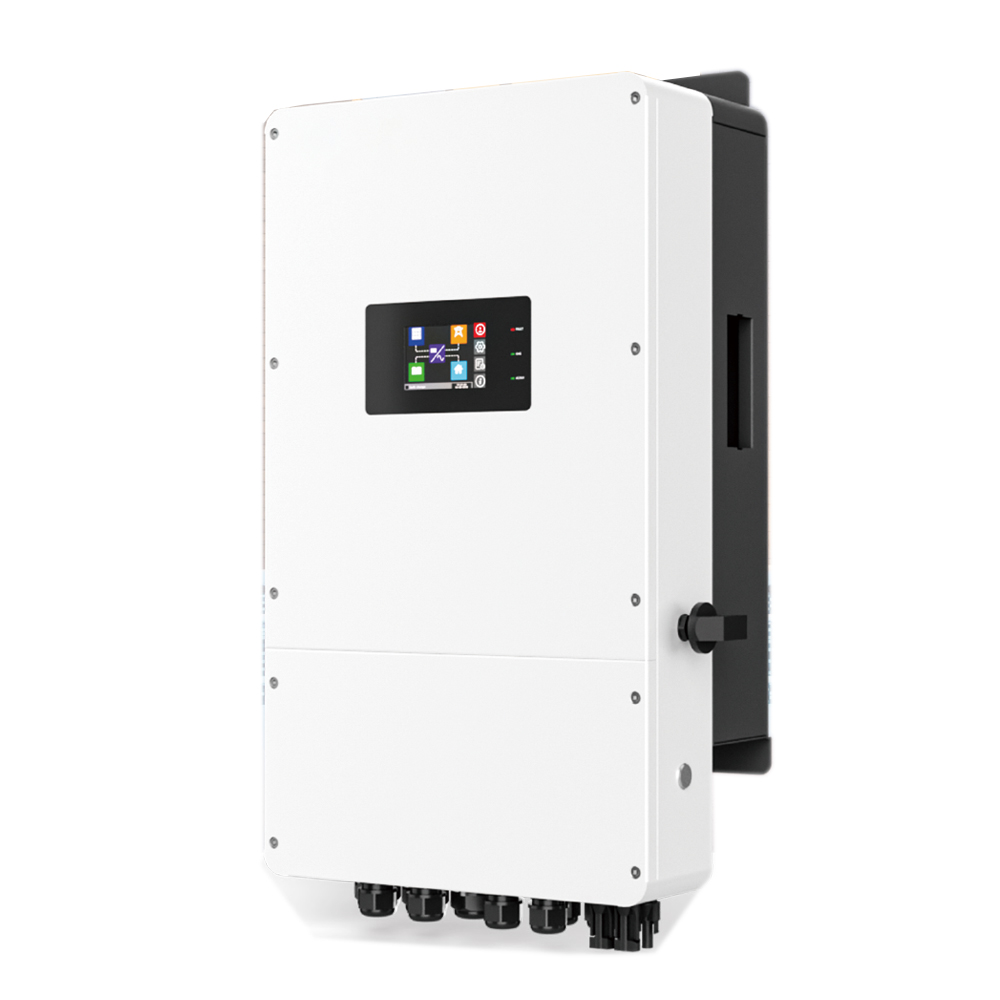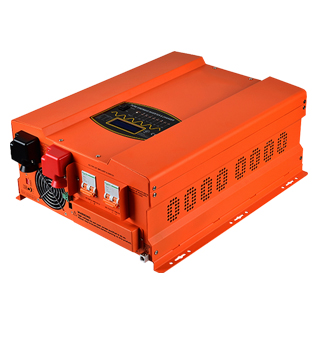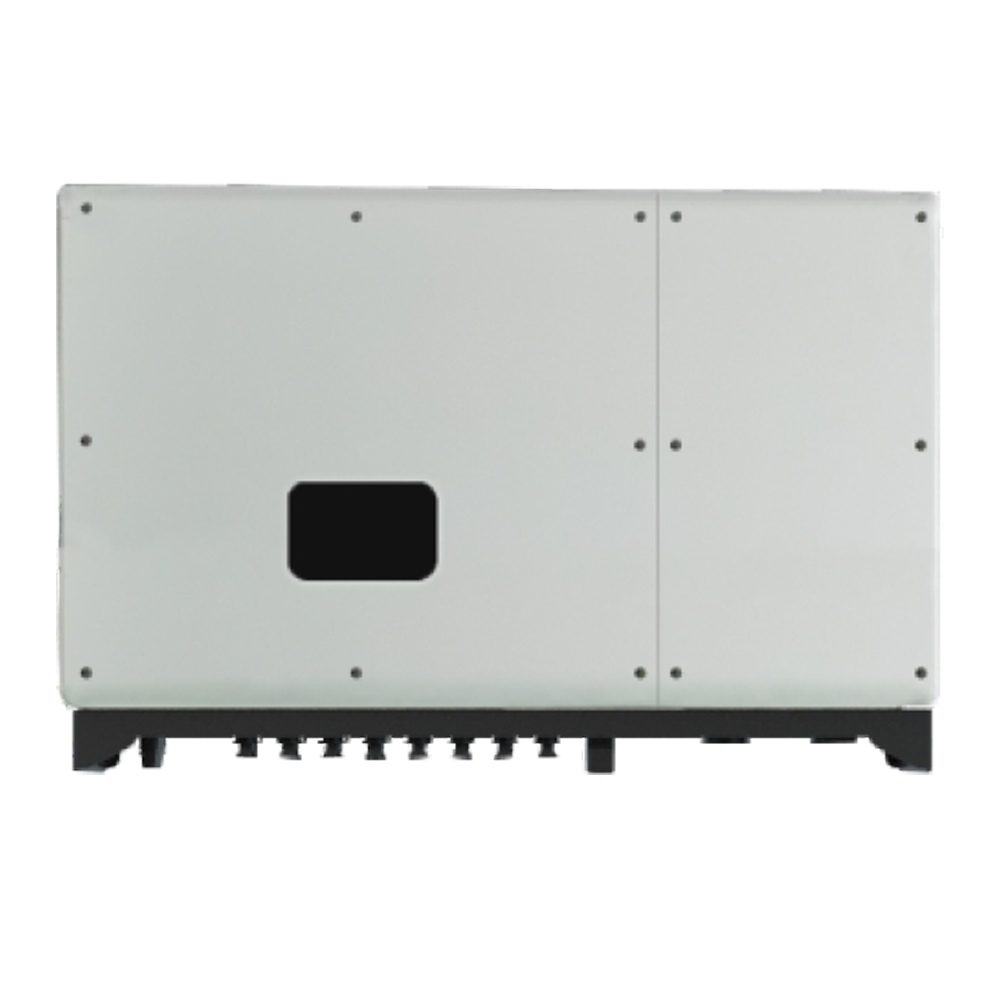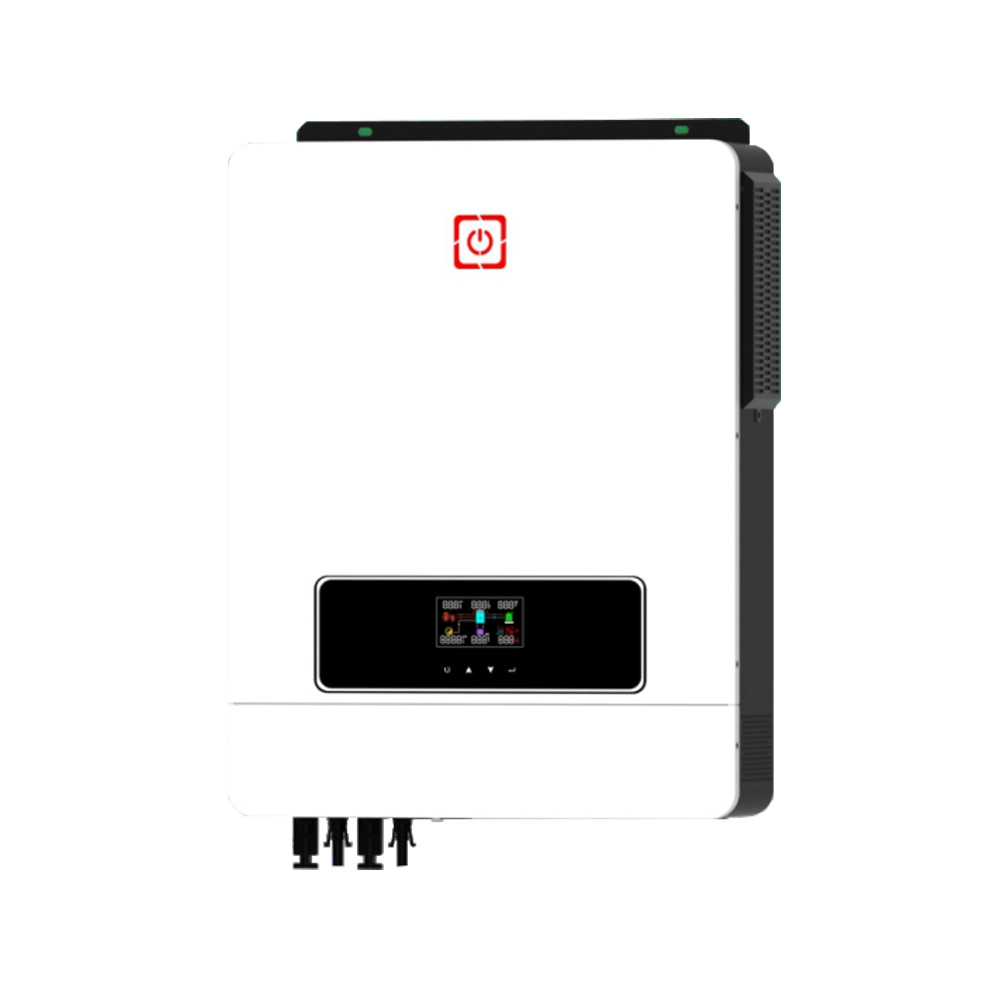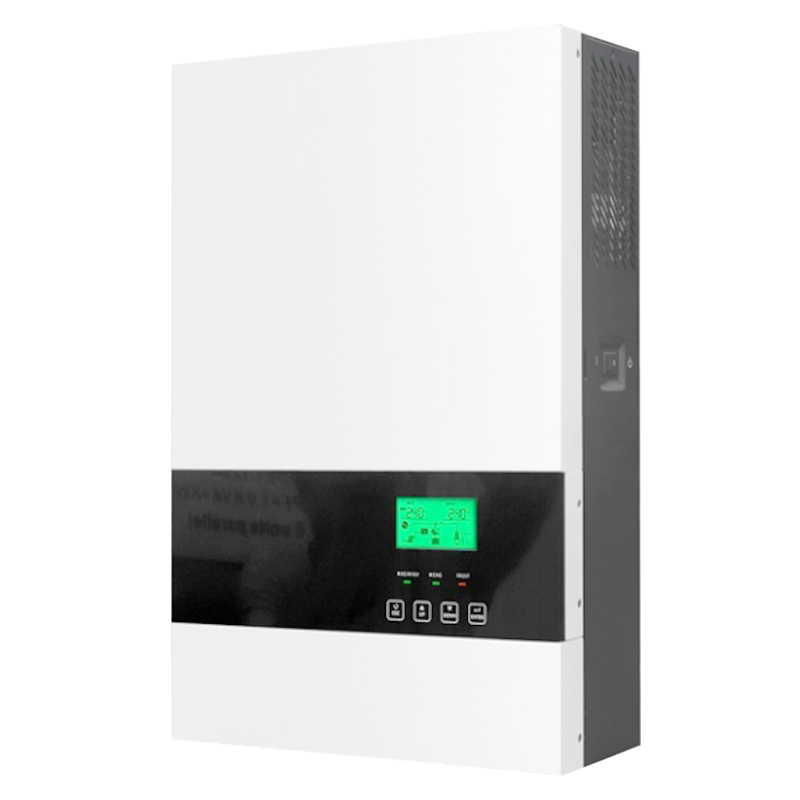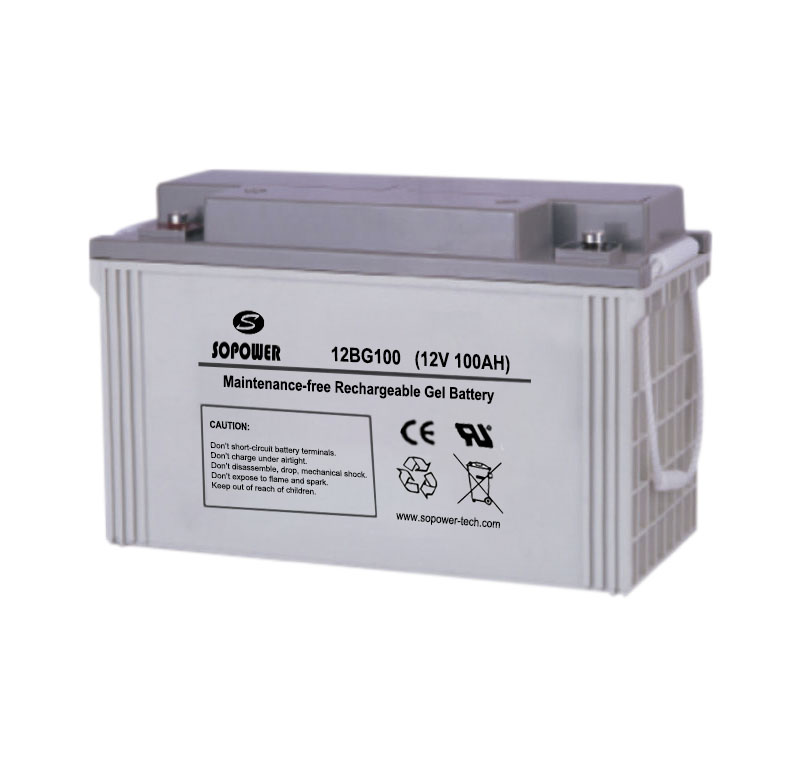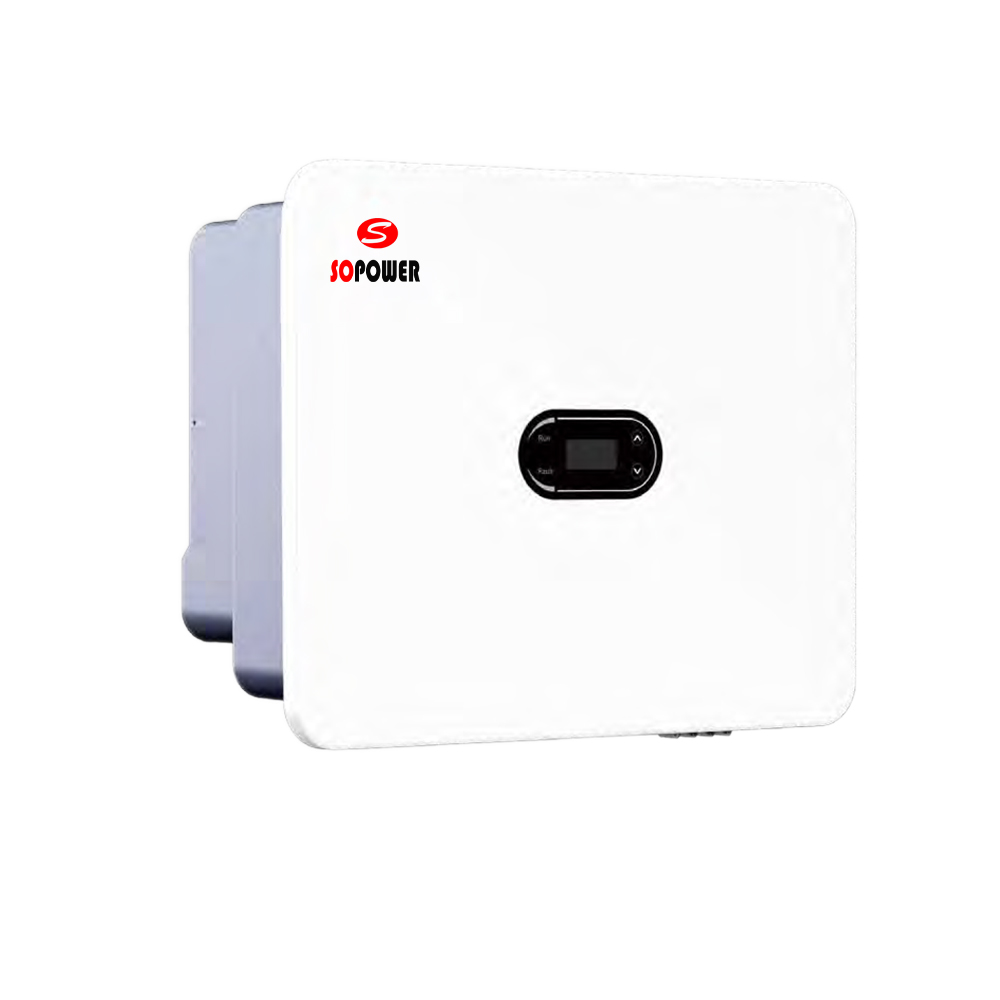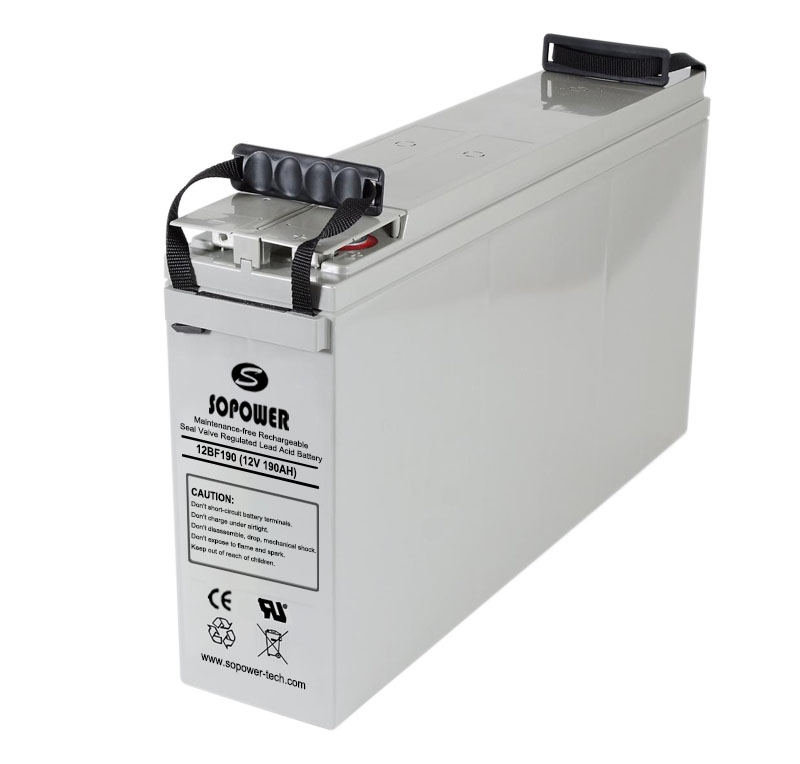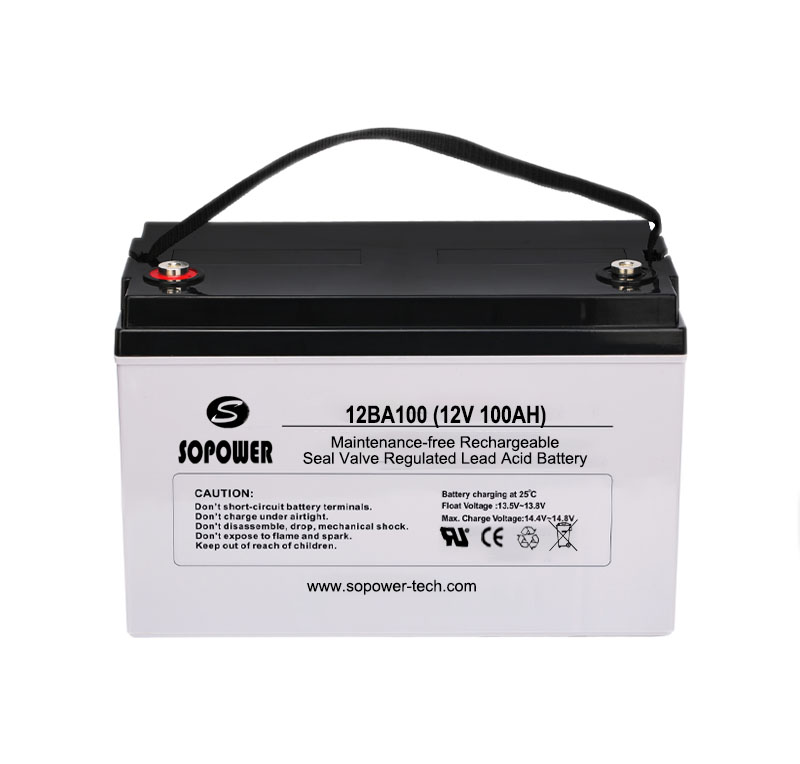Source: PV-Magazine Date:March 13, 2024
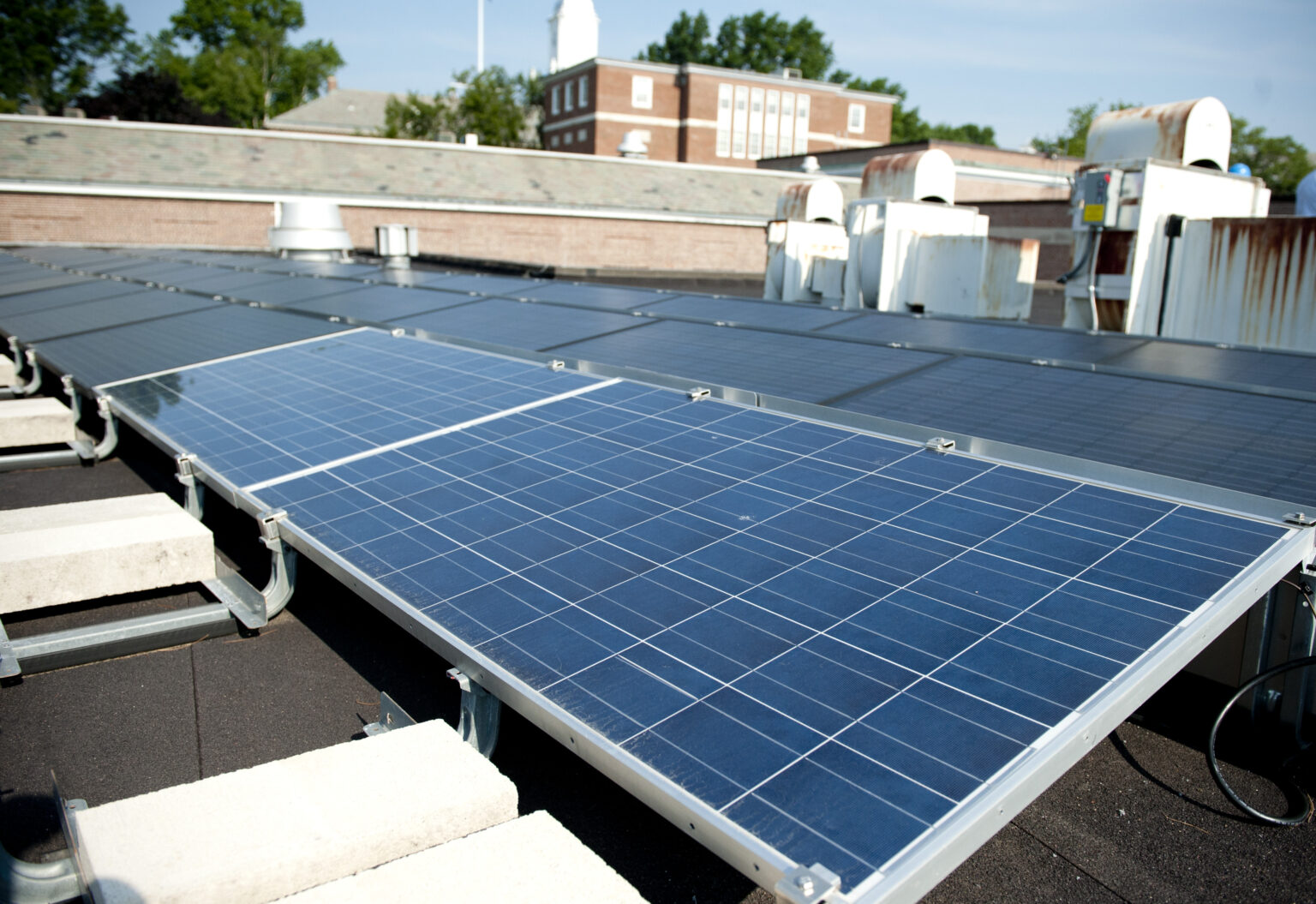
Researchers in Norway have created a PV module fault diagnosis technique based on a stacking algorithm. It utilizes augmented digital images of PV modules collected by unmanned aerial vehicles and is able to detect snail trails, delamination, glass breakages, discoloration, and burn marks.
Researchers at the Norwegian University of Science and Technology (NTNU) have developed a new PV module fault diagnosis technique based on a meta-learning stacking algorithm.
Stacking algorithms can learn how to best combine the predictions from two or more base machine learning algorithms.
“The use of such ensemble methods can revolutionize the PV module fault diagnosis field by leveraging the capability of several models to achieve higher classification accuracy,” the scientists explained. “Whenever a PV module is discovered to be in faulty condition, the proposed methodology focuses on determining the type of PV module fault.”
The new approach utilizes augmented digital images of PV modules collected by unmanned aerial vehicles (UAVs) and detects snail trails, delamination, glass breakages, discoloration, and burn marks. According to the research group, the augmentations improve the learning and classification capabilities of the machine learning model.
The data collected by the images are then fed for feature extraction into pre-trained AlexNet, which is a convolutional neural network (CNN) used primarily for image recognition and classification tasks. In the following step, the extracted features are split into training and testing datasets with a train-test split ratio of 70 % and 30%. In the final stage, the selected features are classified using machine learning classifiers and the ensemble strategy is applied to determine the condition of PV modules.
The researchers also used the open-access Weka software tool to perform the feature selection and classification tasks according to five different algorithms called support vector machines (SVM), K-nearest neighbor (kNN), logistic model tree (LMT), random forest (RF), and Multilayer perceptron (MLP).
“By combining the strengths of these models, stacking can produce more accurate predictions than any individual model alone,” they added. “The main idea behind stacking is to use the strengths of multiple models to compensate for their weaknesses. For example, one model may perform well on some parts of the dataset but poorly on others, while another model may have the opposite strengths and weaknesses.”
The novel technique reportedly achieved a combined classification accuracy of 99.04%, with the four-class stacking ensemble model consisting of the SVM, kNN, LMT, and RF algorithms and the five-class ensemble providing the best performance. “However, considering the dimensionality expansion, computational complexity and time taken to build the model, a four-class stacked ensemble was preferred over five-class ensembles,” the academics emphasized. “Thus, adopting stacking-based ensemble techniques has enhanced the performance of base classifiers.”

